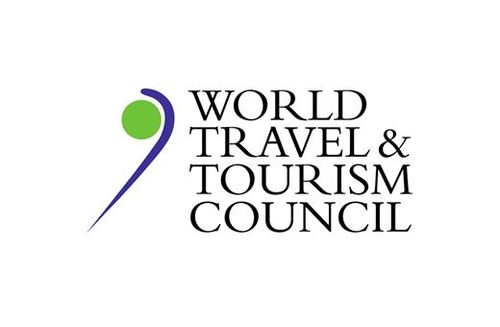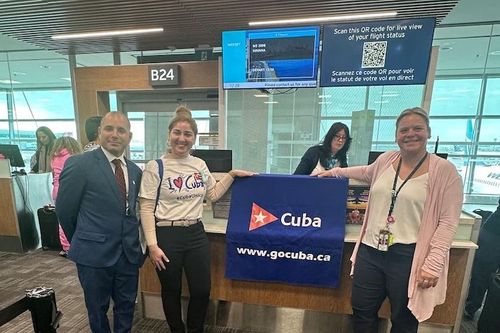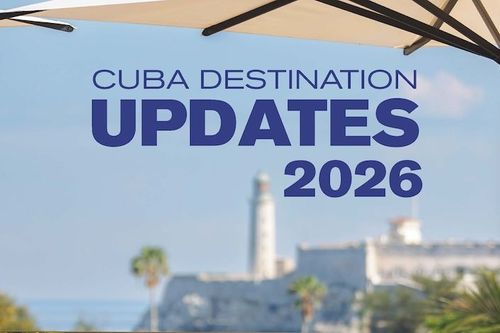Where travel agents earn, learn and save!
News / 412,000 Travel & Tourism jobs across the U.S. will remain unfilled unless urgent action is taken
WTTC provides measures for addressing worker shortages in the sector

A new analysis by the World Travel & Tourism Council (WTTC), which represents the global Travel & Tourism business sector, estimates 412,000 Travel & Tourism jobs in the U.S. will remain unfilled this year, putting in serious jeopardy the recovery of the sector.
According to WTTC’s data, one in 18 jobs remained vacant during the first half of 2022, highlighting a talent crunch that has plagued the sector since early 2021. An estimated 321,000 Travel & Tourism positions went unfilled in the January – June 2022 timeframe (a 5.4% shortage), and worker shortages are expected to persist into 3Q, peaking at 412,000 sector job vacancies (a 7% shortfall).
During 2020, employment in the sector dropped by 35.9% in the U.S. at its lowest point. As global Travel & Tourism began recovering in 2021, the U.S. saw a 12.4% hike in the number of jobs directly supported by the sector, adding a welcome 480,000 jobs back into the market.
Despite the positive growth in 2021, sightseeing transportation, accommodation and recreation are experiencing the most serious labor shortage impact this year. Employers in the accommodation industry in particular could struggle to find suitable candidates for nearly one in seven hotel and resort job postings.
Measures to boost employment growth
According to WTTC, the outlook could be more positive later this year and into 2023 if government officials and the public sector work together to increase the availability of eligible workers while adapting sector career opportunities to better appeal to top talent.
According to the report, the United States Census Bureau data indicates that between 2016 and 2020, international migration to the U.S. plunged from around 1.05 million people to just 477,000.
Some of the key measures identified in the report for both governments and the private sector to address the talent gap are:
- Facilitate labor mobility across international borders, with more favorable visa policies
- Enable flexible and remote working where feasible – allowing part time or contractor-based opportunities, where possible
- Ensure decent work and competitive employee benefits and compensation packages
- Attract talent by improving the perception of jobs and promoting viable career paths with growth opportunities
- Develop and support a skilled workforce through comprehensive educational programs, as well as upskilling and reskilling current talent
- Adopt innovative technological and digital solutions to alleviate pressure on staff, improve daily operations and an enhanced customer experience
By adopting the right measures to support Travel & Tourism employment growth, the sector can surpass pre-pandemic levels and successfully meet consumer demand across the industry.










